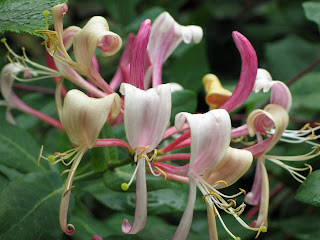
Stonehenge

Salisbury flowers

Such a beautiful variety of wildlife
Today was a day away from the crush of humanity that is London. We took a bus to Stoneheng and Salisbury. We each had our own seat on the bus, so we could stretch out and relax. The weather at Stonehenge was cool and a bit windy, as it is situated atop the Salisbury plain. The closest town is Salisbury itself. Our guide explained that while the chalk that makes up the ground here is very good for raising horses, because it is very porous and creates a springy grass surface, it is not so good for building towns because it doesn't hold enough water for a population to live on. All the water drains to the bottom of the hills, creating springs, and the towns follow suit.


Salisbury Cathedral
The Druidic influence at StonehengeNext we went to the city of Salisbury, which only has about sixty thousand residents. Its streets are lined with flowers, and its river, along which we walked, is inhabited by a large number of ducks, swans, and other waterfowl. The older part of the city still gives one an idea of what this town must have been like a few hundred years ago. There are little tea shops in abundance. However, the highlight of the city is Salisbury Cathedral. Where Westminster Abbey bears a strong French influence, with flying buttresses and light, wide windows, Salisbury's church is in the English Gothic style, with heavy walls and narrow window arches. Because it does not suffer from the congestion of Westminster Abbey, it felt very welcoming. I spent some time in the quiet cloister garden, looking at the flowers, then enjoyed a leisurely lunch of bangers and new potatoes in the cathedral cafe. Well rested after our sojourn in this delightful town, we headed back to London.






















